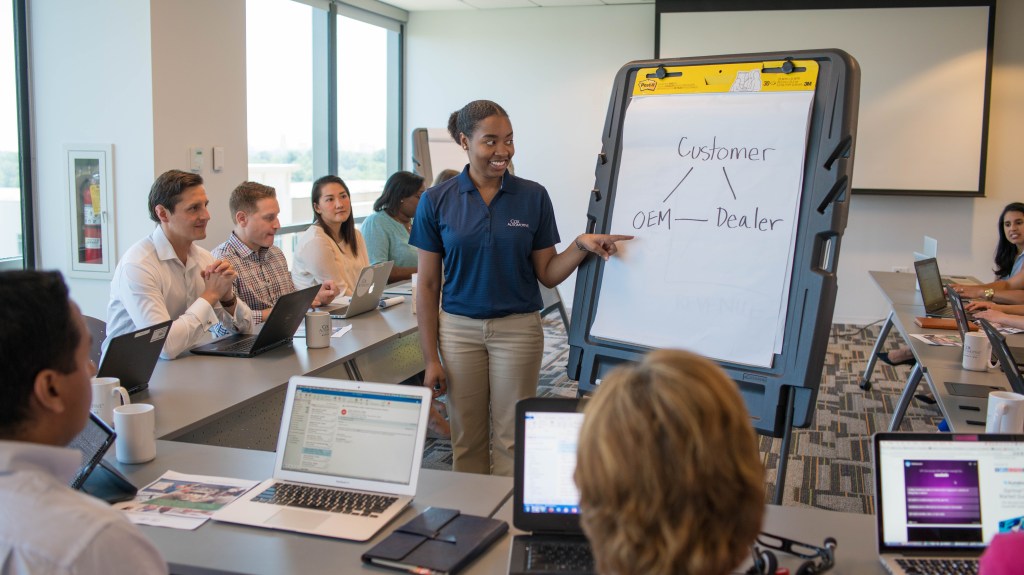ESSENTIALS OF FIXED OPERATIONS MANAGEMENT
Monday January 1, 2018

Learners will access prior knowledge from the “Departmental Accountability Through Financial Statement Analysis” course as they segue into the world of Fixed Operations Management. Many of the performance measurements that are not evident from the Financial Statement will be showcased through evaluation formulas which support the “what-to-look-for” theme of this program. Key elements of this course are critical Parts and Service metrics, KPIs, and contemporary best practices. The final group activity is comprised of Repair Order Surveys containing embedded key learning points from throughout the 2-day class where each group will have a different batch of samples to analyze. Learners will be asked to investigate and determine improvement opportunities, develop solutions, and conduct a report-out to exchange knowledge with the other groups. This activity will provide a multiplying effect by exposing learners to numerous situational learning points and interactive discussions for maximum exposure to real-world experiences in a time-effective manner.
- OEM Dealer Contact Personnel
- Dealership Management
- Shop Foreman
- Service Advisors
- Fixed Absorption Rate
- Technician pay models
- Effective Rate Strategy
- Modernizing the Service Drive process
- Leveraging Technician proficiency
- Work mix
None
- Examine the impact of customer experience drivers on customer service and customer retention.
- Create a process for improving customer retention in the Service Department.
- Compile the components to create the “Improvement Formula” after the metrics to measure time and labor have been identified.
- Analyze how “efficiency” and “proficiency” affect “productivity” in Service Department scenarios.
- Apply the Improvement Formula to project the increase in profitability by improving Techs’ proficiency.
- Critique Techs’ proficiency by determining quotients of productivity and efficiency.
- Analyze a Service Department’s current state of KPIs (e.g., Work Mix, Model-Year Mix, and Effective Rate) through detailed RO analysis.
- Investigate to provide the best practices to improved operation and profits in Parts Departments.
Tariffs: Our Insights
The Cox Automotive Economic and Industry Insights team is closely monitoring tariff developments and regularly publishing insightful commentary and analysis as appropriate.
READ THE LATEST